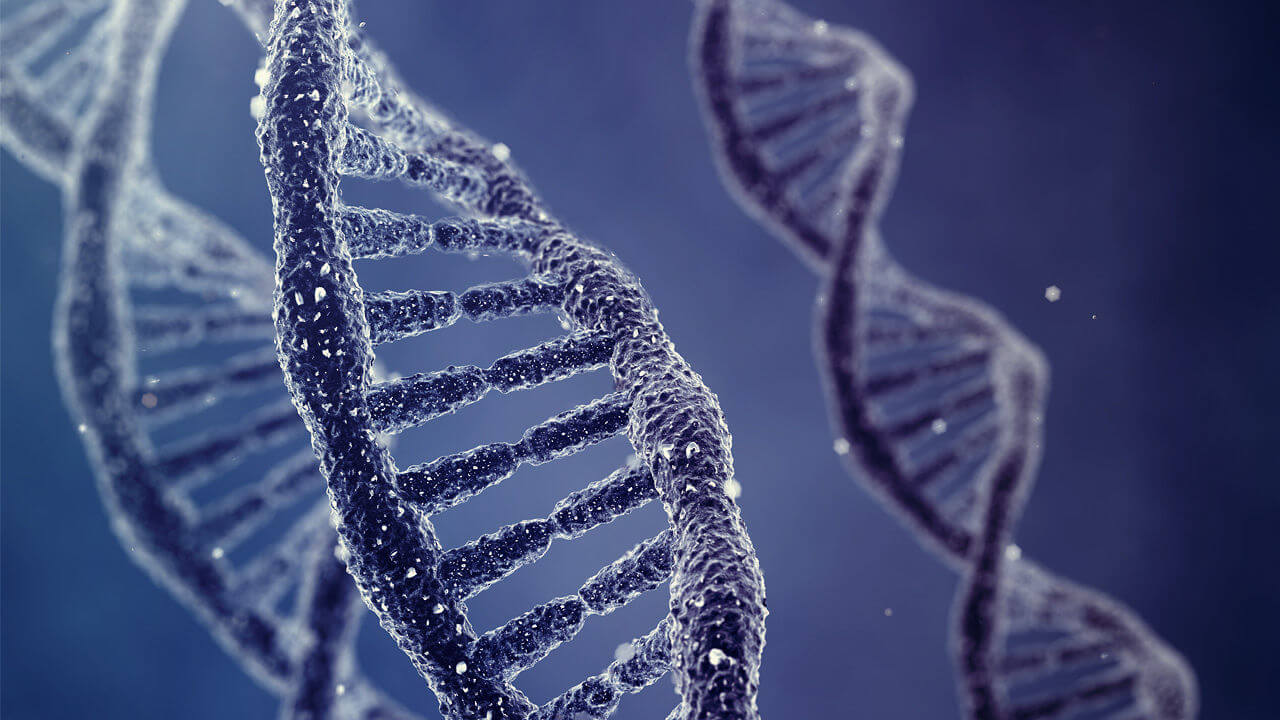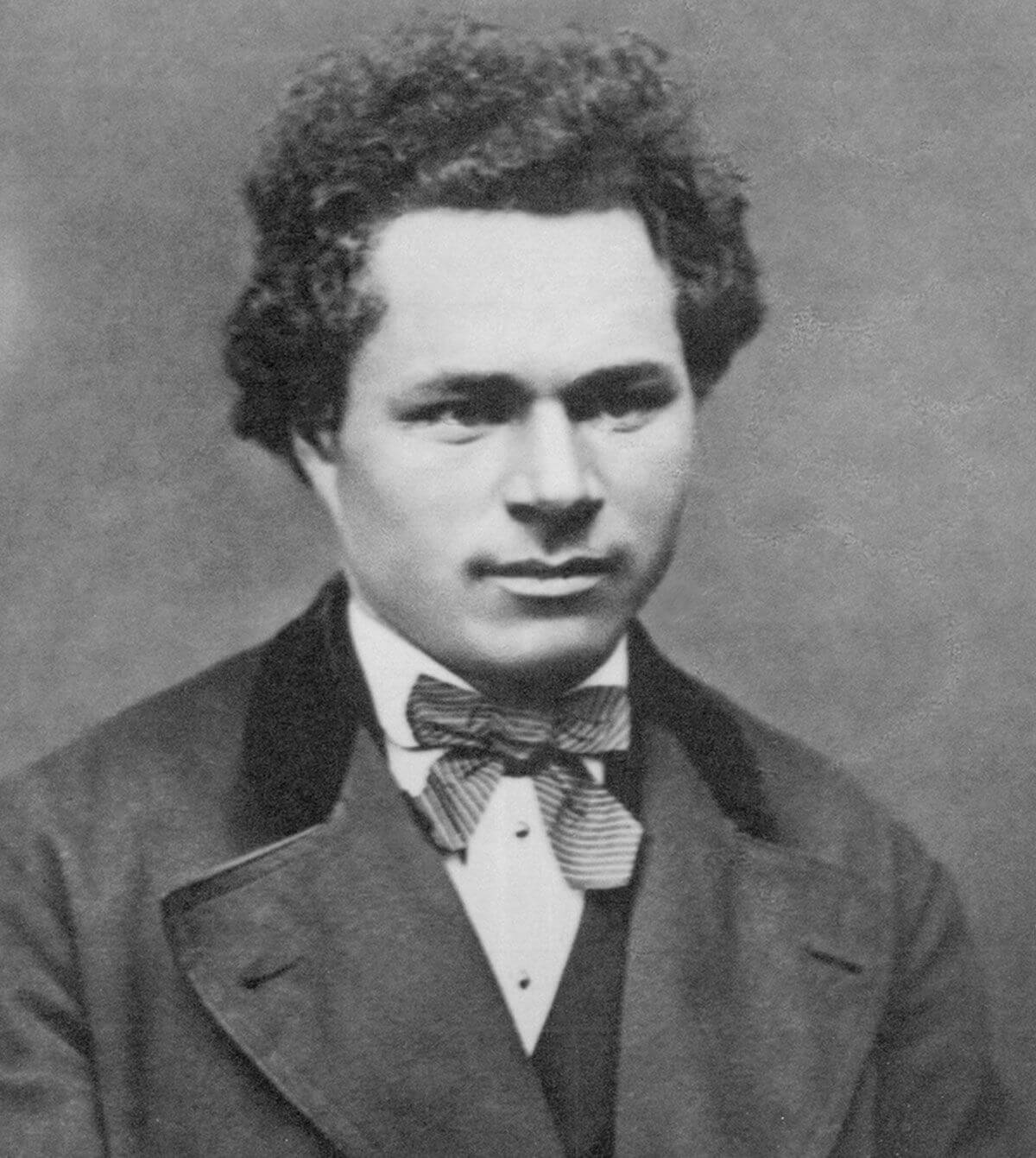- Get link
- X
- Other Apps

Recreating the DNA of a deceased person or an animal, as a rule, requires the extraction of DNA from the remains. A new study shows that this is not the only way. The DNA of a man who died about 200 years ago was restored from his living descendants, and not from his physical remains. No one has done this yet.
The biochemical company deCODE Genetics managed to achieve this by collecting DNA samples from 182 Icelandic descendants of Hans Jonathan. This person is in some way a legend in Iceland: the story says that he managed to free himself from slavery in a heroic way.
It was the unique circumstances of the life of Hans Jonathan that allowed him to recover his DNA after his death. First, Jonathan was the first Icelander with an African heritage. Iceland also boasts an extensive and very detailed collection of genealogical records. The combination of Jonathan's unique heritage and record keeping of family trees in this country made this unique recovery possible.
deCODE used DNA taken from 182 relatives, first recovering 38% of the DNA of Jonathan Emilia's mother. A complex study published in Nature Genetics began with the search for 788 known descendants of Jonathan, whose number was narrowed to 182 by screening DNA with known markers.
Although this feat is truly magnificent, Robin Allaby of the University of Warwick in the United Kingdom believes that "this is an analysis that can only be carried out under special circumstances when an immigrant has a rare type of genome." Despite these limitations, deCODE believes that its method can be widely used.
Historical research
Kari Stefansson of deCODE says that "it's all about the amount of data that you have. In principle, it could be done anywhere with any ancestors, but in Iceland it was made easier, because there were no other Africans there. "

Great-grandson of Hans Jonathan, Ludwik Ludwixson
Allabi believes that the results of this study can give us additional opportunities for studying the DNA of those who have long since rested. "This kind of research could be used to restore the genome of researchers who are related to isolated Aboriginal societies."
Theoretically, such a technique can help scientists create a "virtual ancient DNA", from which it would be possible to create DNA of historical personalities. Agnar Helgason of deCODE states that "any historical figure that was born after 1500, already known to the descendants, can be reconstructed."
Although all this is impressively interesting, so that the method can be applied in the future, there are still many serious issues to be resolved. The number, scale and resolution of the DNA of living ancestors, necessary for restoring the DNA of another person, make it inappropriate to use the method for most families. With each new generation, DNA fragments that can be identified become smaller and more difficult to work with.
In the shortest possible time, it is possible to restore and fill gaps in family trees. In the future, it may be possible to restore the DNA of historical figures like Jonathan. Scientists could genetically restore anyone. There would be an instrument, but an excuse.
The article is based on materials .
- Get link
- X
- Other Apps
Comments
Post a Comment